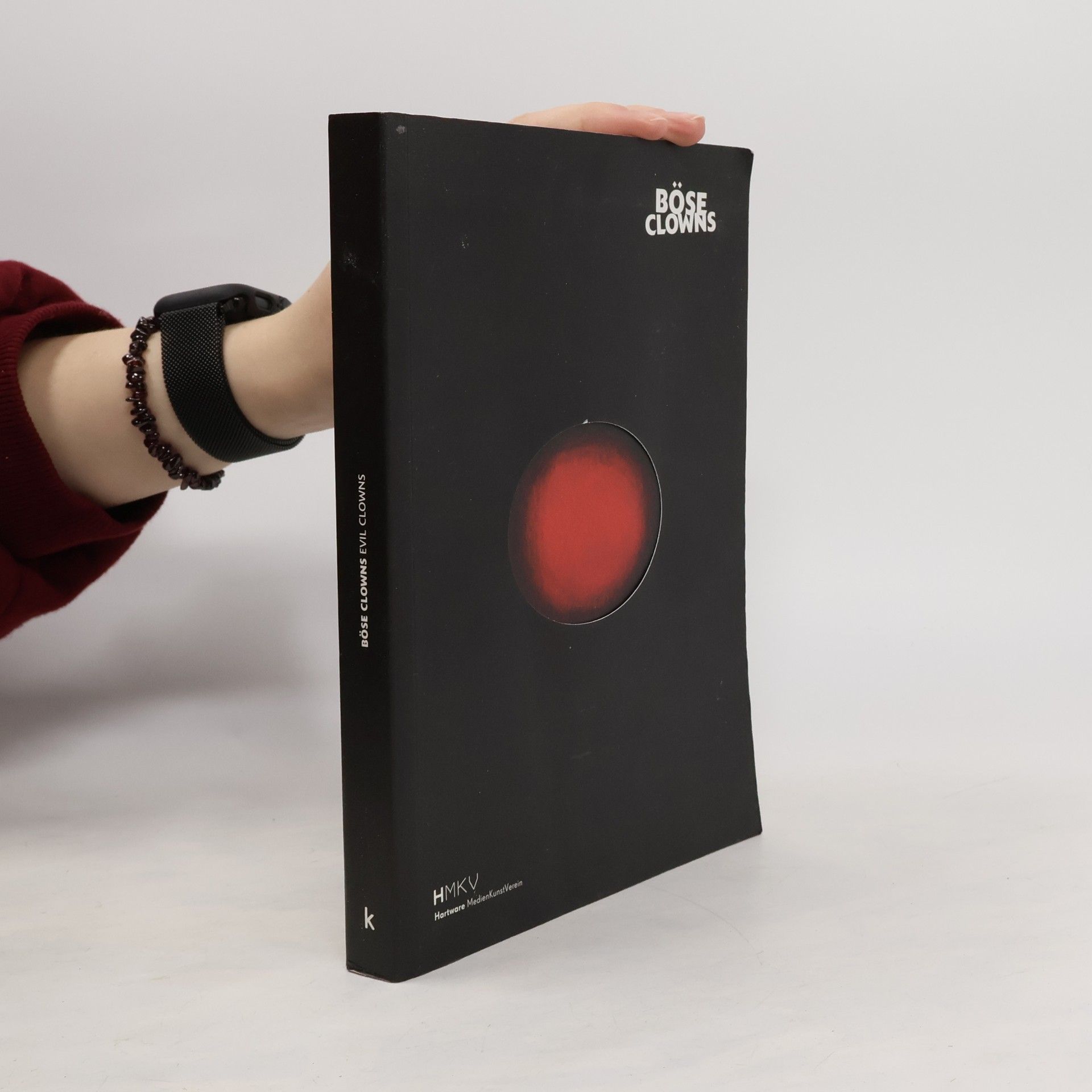Sounds like silence
- 288pages
- 11 heures de lecture
Der Titel dieses Buches ist doppeldeutig. Einerseits klingt die Stille selbst; um mit Cage zu sprechen – „there is no such thing as silence“. Andererseits brauchen Klänge ihr Gegenteil, die Stille. Auch wenn es keine absolute Stille gibt, weckt jeder Sound eine Vorstellung von Stille: Es gibt keine Präsenz ohne Absenz, keine Anwesenheit ohne Abwesenheit. Die doppelte Bedeutung des Titels Sounds Like Silence berührt zentrale Fragen: Was hören wir, wenn es nichts zu hören gibt? Wie stark ist unser persönliche Bedürfnis nach Stille? Und wie viel Stille können wir ertragen – angenommen, es gibt überhaupt so etwas wie Stille? John Cages 4'33" (vier Minuten, 33 Sekunden) wurde am 29. August 1952 uraufgeführt. Das Buch enthält neue theoretische Essays und künstlerische Arbeiten, die sich auf diese bahnbrechende Arbeit beziehen, alle Originalversionen der Notationen von 4'33'' sowie alle Variationen, Ableitungen und Fortschreibungen des „stillen Stücks“, die der Komponist zwischen 1962 und 1992 verfasst hat.

